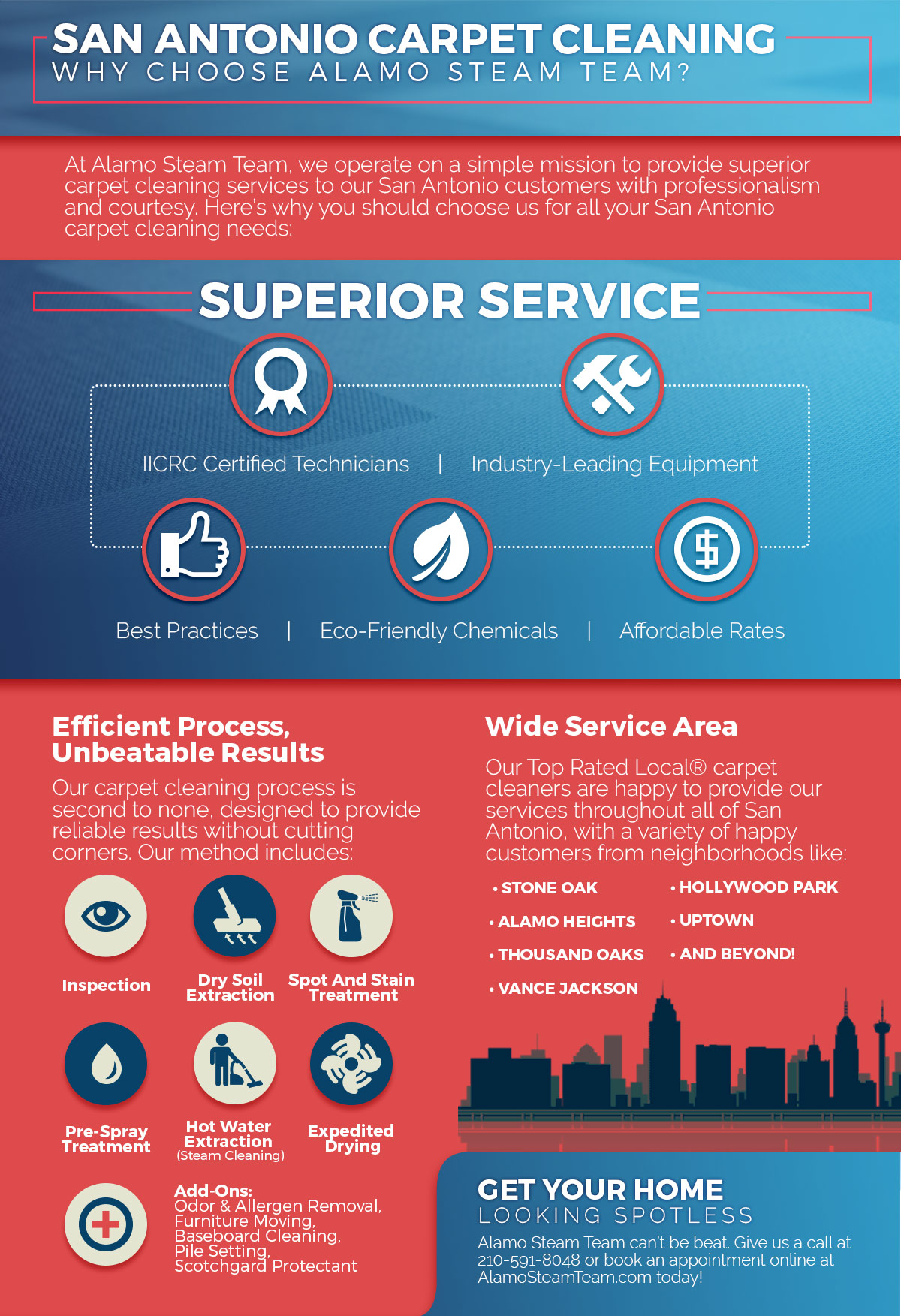Examining The Environmental Effects Of Carpet Cleaning: Elements To Consider

Authored By-Noonan Malloy
When reviewing the ecological impact of carpet cleansing, you must be mindful of the different aspects that enter play. From the chemicals present in cleaning up options for water used and the energy eaten, each aspect holds significance. Consider how these elements interplay with sustainability and the ecological footprint left. By being conscious of these factors to consider, you can make informed choices that line up with environmentally responsible practices.
Chemicals in Cleansing Products
When it involves the environmental effect of rug cleansing, one crucial element to consider is making use of chemicals in cleaning products. These chemicals, commonly consisting of rough components like ammonia, chlorine, and artificial scents, can have damaging effects on the atmosphere. When these chemicals are gotten rid of during the cleaning procedure, they can end up in waterways, polluting marine environments and damaging wildlife.
Additionally, the production and transport of these chemical-laden products add to air contamination and greenhouse gas emissions.
To lessen the ecological influence of carpeting cleansing hereof, think about selecting environment-friendly cleaning items. Look for items classified as eco-friendly, safe, and made from natural components. These options are more secure for the setting and for your wellness.
Furthermore, utilizing methods like vapor cleaning or completely dry carpet cleaning can reduce the requirement for chemical-based products completely. By making conscious choices regarding the cleaning items you use, you can help minimize the negative impact on the atmosphere.
Water Consumption
Thinking about water consumption is an important aspect of examining the ecological impact of carpet cleaning. Rug cleaning procedures frequently call for significant quantities of water, particularly for techniques like steam cleansing or warm water removal. These techniques entail splashing water onto the carpet to loosen up dirt and stains, followed by extraction to remove the water together with the dust. The water used in these procedures can differ depending upon elements such as the dimension of the grassy location and the extent of cleansing required.
Too much water consumption during carpeting cleaning can cause various ecological worries. Firstly, it adds to water wastage, specifically in regions encountering water scarcity. Furthermore, the wastewater generated during the cleaning procedure may contain contaminants like chemicals and dust, possibly contaminating water resources otherwise appropriately gotten rid of or treated.
To reduce water usage and its ecological effect, take into consideration choosing rug cleaning approaches that are much more water-efficient, such as dry carpet cleaning or low-moisture techniques. By selecting sustainable methods, you can lower the water impact of carpeting cleansing and reduce its ecological consequences.
Power Usage
Minimizing energy use is an essential aspect to assess when assessing the ecological effect of carpet cleaning. The devices used in rug cleaning, such as steam cleansers and vacuum cleaners, frequently count on electricity to operate efficiently. Opting for energy-efficient machines can substantially lower the carbon footprint of the cleansing process. Try to find equipment with power STAR certification or low power intake scores to ensure you're making eco mindful selections.
Furthermore, scheduling cleansing sessions during off-peak hours can help reduce the overall power intake. This not just profits the atmosphere yet can additionally cause cost savings for the cleaning service company and ultimately for the clients.
Being simply click the following post of power use during carpeting cleansing can contribute to a much more lasting technique in general. Consider using all-natural light or energy-saving light bulbs in the cleansing location to further minimize energy consumption. By making small changes to your cleaning routine, you can make a huge influence on minimizing the energy footprint of carpeting cleansing procedures.
Final thought
In conclusion, when it involves rug cleansing, it is essential to take into consideration the ecological impact of the chemicals in cleansing items, water consumption, and power usage. By picking environmentally friendly products, utilizing water-efficient methods, and going with energy-efficient tools, you can assist reduce your carbon footprint and advertise sustainability in your cleansing practices. Make conscious selections to safeguard the environment while maintaining your carpetings clean.

